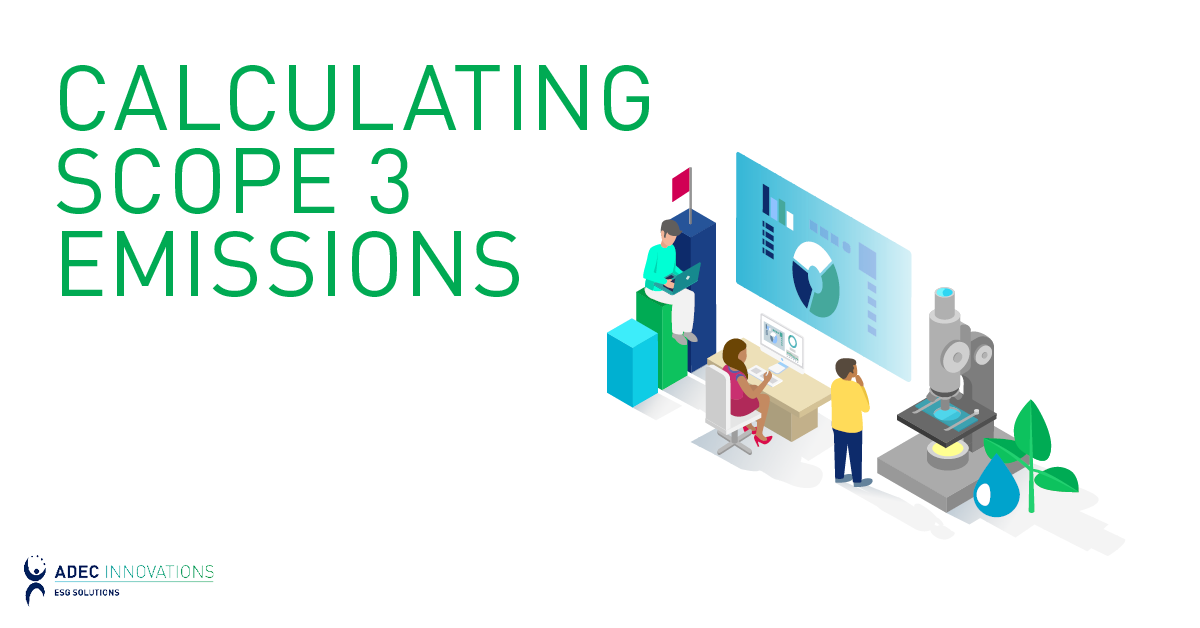Top Three Tips for Projects Going Through Greenhouse Gas CEQA Review
Seven years ago, addressing greenhouse gas emissions or climate change in California Environmental Quality Act (CEQA) review documents was unheard of. But not now; not since California's Assembly Bill 32 (AB 32) was passed in 2006 and the long circuitous process of determining what it meant at the project level began. If you have a project going through CEQA review, you will need to address greenhouse gases; otherwise, your document could be vulnerable to legal challenge. Here are a few tips to help.
By Cori Wilson
August 21, 2012
Seven years ago, addressing greenhouse gas emissions or climate change in California Environmental Quality Act (CEQA) review documents was unheard of. But not now; not since California's Assembly Bill 32 (AB 32) was passed in 2006 and the long circuitous process of determining what it meant at the project level began. If you have a project going through CEQA review, you will need to address greenhouse gases; otherwise, your document could be vulnerable to legal challenge. Here are a few tips to help.
1. The assessment methodology differs based on project location
 In general, it is a good idea to quantify greenhouse gas emissions from your project and determine significance based on the questions in the CEQA Guidelines checklist. However, greenhouse gas assessments must often go beyond that – the methodology can differ based on the air district and the city or county in which the project is located.
In general, it is a good idea to quantify greenhouse gas emissions from your project and determine significance based on the questions in the CEQA Guidelines checklist. However, greenhouse gas assessments must often go beyond that – the methodology can differ based on the air district and the city or county in which the project is located.
Air Districts: California is divided up into air basins; air pollution control districts have jurisdiction over all or parts of air basins. Some air districts have guidance on how to address greenhouse gases in CEQA documents. For example, the San Joaquin Valley Air Pollution Control District has adopted guidance. The South Coast Air Quality Management District has published draft guidance for lead agencies but has not adopted it. The Bay Area Air Quality Management District had guidance but it was sued in court; therefore, the District is no longer recommending that the thresholds in the guidance be used as a generally applicable measure of a project’s significant air quality impacts. The Antelope Valley Air Quality Management District has adopted guidelines with numerical greenhouse gas thresholds. A first step is to determine what air district has jurisdiction over the area in which your project is located and if there are applicable guidelines.
Climate Action Plans: More and more cities and counties in California are adopting Climate Action Plans and Greenhouse Gas Reduction Plans. Find out if the city or county in which your project is located has a plan. In some cases, projects can tier off the plan and/or apply select reduction measures to demonstrate consistency with the plan.
2. Highlight the green components of your project

Do you have an infill, mixed-use project? Is your project near transit? Would your project be energy efficient beyond the State’s green building requirements? Would your project conserve water or reduce waste? Would your project install solar? Been thinking about feasible measures you can implement into your project? Highlight green components as project design features or mitigation measures. The reductions in greenhouse gas emissions can be quantified in the CEQA analysis and subtracted from the project’s emissions.
3. Hire a consultant
 You knew I was going to say that, right? Air quality and greenhouse gas analyses can be complex and can require expertise in air modeling and analysis to demonstrate compliance with the applicable requirements. For example, we recently worked on a project for a new grocery store. Since the project is in the San Joaquin Valley Air Pollution Control District’s jurisdiction, the analysis needed to demonstrate the percent reduction in greenhouse gas emissions between business as usual (i.e., California AB 32 and related regulations are not in effect) and the scenario with regulations. Motor vehicle emissions were estimated using CalEEMod, the recommended model for estimating project emissions in California. Emission reductions from motor vehicle emissions from the Pavley regulations and the Low Carbon Fuel Standard Program are phased in beginning in the year 2012. Therefore, to demonstrate the reduction from those regulations, emissions in the years 2005 and 2020 were estimated and compared. We had to change the vehicle fleet mix, since the CalEEMod default for heavy-duty trucks was unrealistic - around 7 percent (750 semi-trucks per day!) and the trip generation rates.
You knew I was going to say that, right? Air quality and greenhouse gas analyses can be complex and can require expertise in air modeling and analysis to demonstrate compliance with the applicable requirements. For example, we recently worked on a project for a new grocery store. Since the project is in the San Joaquin Valley Air Pollution Control District’s jurisdiction, the analysis needed to demonstrate the percent reduction in greenhouse gas emissions between business as usual (i.e., California AB 32 and related regulations are not in effect) and the scenario with regulations. Motor vehicle emissions were estimated using CalEEMod, the recommended model for estimating project emissions in California. Emission reductions from motor vehicle emissions from the Pavley regulations and the Low Carbon Fuel Standard Program are phased in beginning in the year 2012. Therefore, to demonstrate the reduction from those regulations, emissions in the years 2005 and 2020 were estimated and compared. We had to change the vehicle fleet mix, since the CalEEMod default for heavy-duty trucks was unrealistic - around 7 percent (750 semi-trucks per day!) and the trip generation rates.
Although it may be possible to prepare the analysis yourself for some projects, at least have a greenhouse gas / carbon consulting expert review it. It could save you time and money in the long run.
Did you enjoy this post? The author of this article is Cori Wilson. Learn more about her here.
Related Articles
Environmental Consulting, CEQA, Carbon Management
By Tyanna Bui on November 2, 2021
Carbon Management | GHG Emissions
By Kevin Bolland on December 23, 2019
Environmental Impacts | Environmental Assessments | CEQA | Environmental Planning | city planning
By Frank Coyle on August 7, 2018
CEQA | GHG Emissions | FCS | California
Be a sustainability leader.
Our team supports you no matter where you are on your Sustainability Journey. Talk to us today to learn more.





